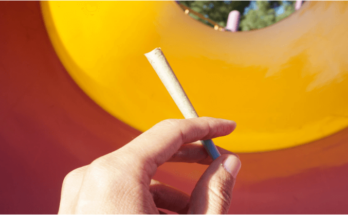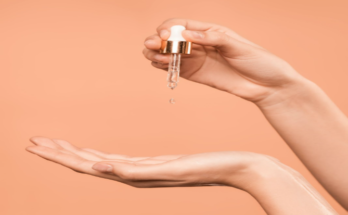Does your harvest move through your facility smoothly, or do piles accumulate because of bottlenecks? Bottlenecks can hurt your bottom line.
Bud trimming rooms can create bottlenecks when they get swamped. Profitable growers and processing centers use bladed and bladeless trimmers to keep the flower flowing.
Wet Trimming And DryTrimming
There are two kinds of trimming.
Wet trimming occurs before drying. Without extra mass, more flowers can fit in your drying rooms. Some growers say it results in more colorful flowers.
Dry trimming is when you trim after the bud has been dried. This method helps preserve aromatic terpenes and organic compounds. Since the plant is drier, it doesn’t gum up processing equipment. Some growers say this creates more potent flowers.
Many bladed and bladeless trimmers can handle wet or dry material.
Field to Market, From The Flower’s Perspective
All hemp that comes off the field will eventually get trimmed. It may spend some time in a drying room first, or it may not.
A bud might be trimmed by hand. But depending on time and other factors, a most flower will go to a bladed or bladeless trimmer instead.
Source: https://unsplash.com
Industrial Adventure
If the flower finds itself in a bladed trimmer, it will undergo a high-speed adventure.
Buds can have tough internal structures. When a bud trimmer blade encounters a tough stalk or stem, it’s going to either cut through it cleanly or it will score the flower and the nug will bounce off the blade. Bud trimmer blades inflict a physical blow on the bud, successful cut or not. This may damage the flower by knocking off pollen and THC-loaded microstructures.
Over-trimming, or trimmer erosion, may occur. This can reduce the size and weight of your final product. Trimmer erosion can be minimized by trained operators, but a certain amount is unavoidable.
Sooner or later most bladed machines will need new bud trimmer blades as part of their regular maintenance cycle.
When the machine is finished the flower will need light trimming to remove spurious bits, crow’s feet, and unsightly flaws. Then it’s ready for sale.
Source: https://unsplash.com
A MeshNet Ride
Flower has a more comfortable experience with bladeless trimmers.
Flower in most mesh tumbler trimmers, for example, spins at a relatively low speed. As it turns and tumbles, it rubs against other buds and the sides of the enclosure. Every time it does this a tiny portion breaks off.
First, the most brittle hairs and largest pieces fall, then the tougher pieces break away. Unsightly bumps and projections disappear or are transformed into pleasing shapes. The resulting product is smooth and shapely, with minimal crow’s feet and spurs. A snip or two is all that is needed before weighing and packaging.
Pros And Cons
Understanding how a bladed trimmer or a bladeless trimmer might work in your operation is essential before you invest money in a trimmer. Consider the following factors:
Size
Compared to mesh tumblers, some of which can fit on a tabletop, bladed trimmers can take up more floor space, depending on the model.
Storage
Floorspace is valuable. Most bladed trimmers take up a defined amount of floor space whether they are in use or not. They’re not made to be disassembled for storage.
Many bladeless trimmers, like net and MeshNet tumbler trimmers, are easy to take apart and reassemble when needed.
Weight
Bladed trimmers use metal blades and electric motors. They can be too heavy for a single person to transport.
Mesh-style tumbler trimmers are lighter. Most of them can be moved by one person.
Maintenance
Sharp metal blades eventually need to be replaced or adjusted. This may require trained personnel, additional expense, and downtime.
Bladeless trimmers that use mesh and MeshNet technology need regular maintenance too, like washing and de-resining routines common to all trimming equipment. Nets are made of a material that you can wash and dry at home. Replacement nets are also cheaper than blades.
Source: https://unsplash.com
Operation
Industrial bud trimmers use high-speed motors and razor-sharp bud trimmer blades. Training is needed for safety and to protect your investment.
Bladeless trimmer tumblers work at lower speeds. A slower rotational speed combined with lighter weight makes them a safer appliance. Training is simple, and the possibility of a dangerous accident is minimal.
Best For Your Operation
Bladeless net tumblers are often a better solution for most farms.
Bladeless mesh trimmers offer fast processing with minimum maintenance and training. They are quiet and easy to break down for storage and transport. They may not be perfect in every situation, since factors like strain, humidity, and temperature can make a difference. Most processors will find flower is better protected in a bladeless trimmer, which means more profit and more repeat customers.




